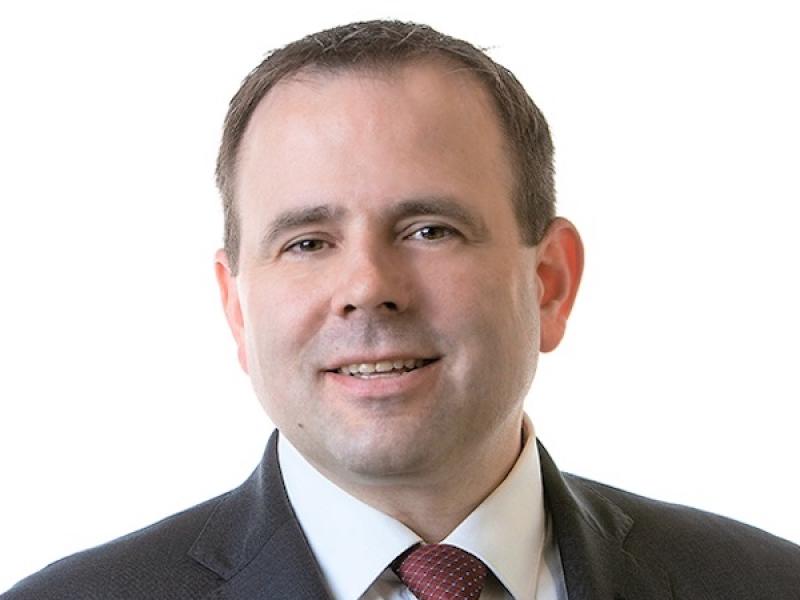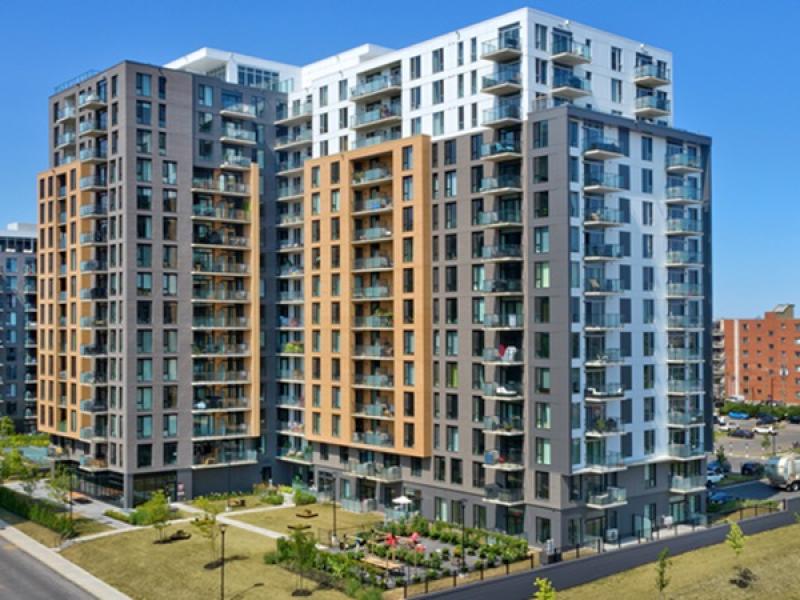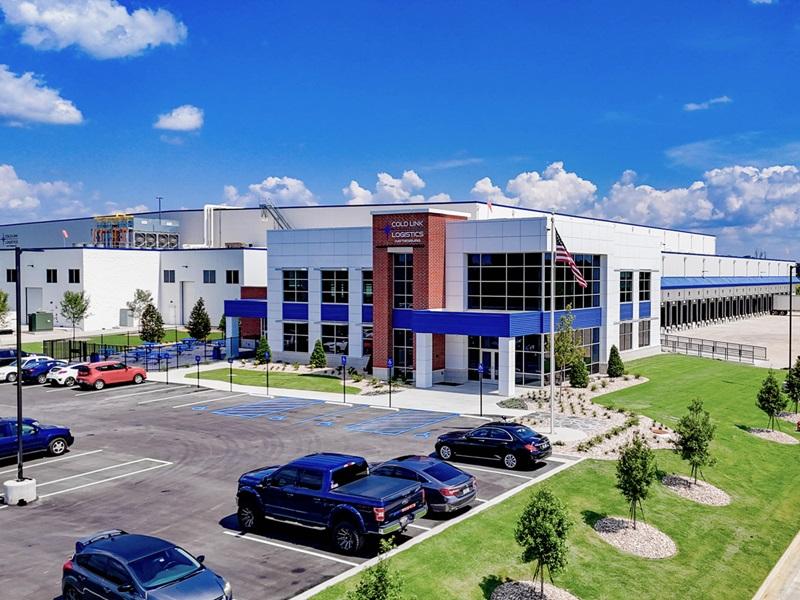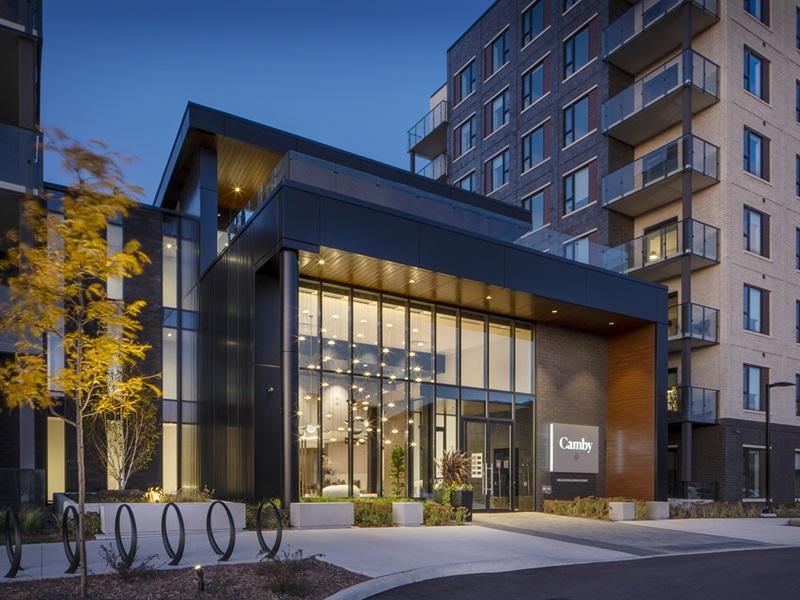
Investment activity in Calgary's commercial real estate market was “remarkably” strong through the first half of this year - the third-highest period on record going back to 2013, according to a new report by Barclay Street Real Estate.
The report states there were 356 transactions for a total of about $1.85 billion in activity.
The highest level of investment for the first half of a year was $2.5 billion in 2022, which was inflated by the $1.2 billion sale of The Bow office tower. The second highest was the first half of last year at close to $2.2 billion.
In the first half of 2024, the dollar value invested in multiresidential properties nearly doubled (up 93 per cent) over mid-year 2023 levels, to more than $525 million.
Commercial condominiums were also in very high demand, posting investment of approximately $174 million for a 13 per cent year-over-year increase.
Migration, immigration drives growth in Calgary
David Wallach, the owner/broker of Barclay Street, said Calgary has become a target for people migrating from other parts of the country as well as those immigrating from outside Canada.
“That creates a lot of demand,” he said. “The other thing is Calgary is a good place to invest right now as the No. 1 city in Canada in terms of the number of people moving in, creating more jobs in the province, creating a positive economic environment. That’s why we see the investment sales going up.
“If you look at the numbers, the majority that’s going up in the first six months is multifamily, which is not surprising because there’s a lot of demand with all the people moving here.
“We also saw an uptick in commercial condo purchases, whether it’s multi-retail but also industrial and office. That was the driving force so far."
He noted lower interest rates could also ring more potential buyers to the market.
Calgary's apartment market remains tight
Bob Dhillon, founder, president and CEO of Mainstreet Equity Corp., based in Calgary and owner of more than 17,000 rental apartments across Western Canada, said the rental market vacancy rate is extremely low.
“After a very long time, I think 10 years, the vacancy rate has gone to zero. The vacancy rate was higher but the costs kept going up. So when you have the costs rising and you cannot transfer the costs and pass it on to the tenants, your returns get clobbered. And then what we had was eight years of catch-up on the returns,” he said.
“What that translates to is when the NOI goes up, values go up. That’s how simple it is. Now the values haven’t gone up that much as yet, because interest rates are high. So my anticipation is as the rates will start sliding for the next couple of years, we will see a sharp increase in net asset value.”
The macroeconomics driving this are migration, immigration, an influx of international students, higher oil prices and economic diversification.
“We had headwinds for a decade and now we’ve got the first inning of tailwinds,” Dhillon said. “In terms of capital allocation, before Alberta was a no-fly zone because of low oil prices, pipeline fiasco, politics and ESG.
"Now people are waking up to the reality that oil is not going anywhere.”
Other highlights in the Barclay Street report
According to the Barclay Street report office investment in the first half of the year of $156 million was down about $175 million from last year; retail investment of $321 million was down $97 million; industrial investment of $211 million decreased by $261 million; and land investment of $462.5 million fell by $62 million.
Top transactions in the various sectors were:
- Office: the downtown Encor Place which Cadillac Fairview sold for $21.5 million to Soltron West GP Inc.;
- Retail: Country Hills Village which Country Hills Town Centre Holdings Inc. sold for $83.7 million to ARI CHTV GP Inc.;
- Industrial: 2255 29th St. N.E., which Shoppers Realty Inc. sold for $50.3 million to CP REIT Alberta Properties Ltd.;
- Multifamily: Glenmore Gardens/Elata/Glenmore Heights which bcIMC Realty Corp. sold for $176 million to Boulevard Real Estate Equities Ltd.
Wallach said another interesting trend is that more investment coming to Calgary is from private investors, while some of the institutions are either staying on the sidelines or selling office properties in the city.
“It’s almost back to the '90s where the majority of Calgary is owned by private entrepreneurs and private people and we see that coming back. It can also be private companies. It doesn’t have to be only one person or family. I think that trend will continue especially if the interest rates will still go down.”
Where a few years ago, many investors were clamoring for industrial assets, now the focus is on multifamily. Prior to COVID, retail was hot.
“There’s a herd mentality of investors and also lenders. So right now everybody is looking for the safe haven which they call the multifamily,” Wallach said. “I think we’ll see the second part of the year more demand not just for multifamily but other aspects of commercial real estate. It may not be yet office in Calgary, but I’m sure we’ll see more demand for retail and industrial.
“The other portion is land. I see increasing demand for land, especially towards the year end. The fundamentals are there for Calgary to continue and for the province to continue that growth and the job creation. It’s back to the good days where Calgary was leading and Alberta was leading the country.
"After we had seven bad years, it’s time for us to have seven good years.”










